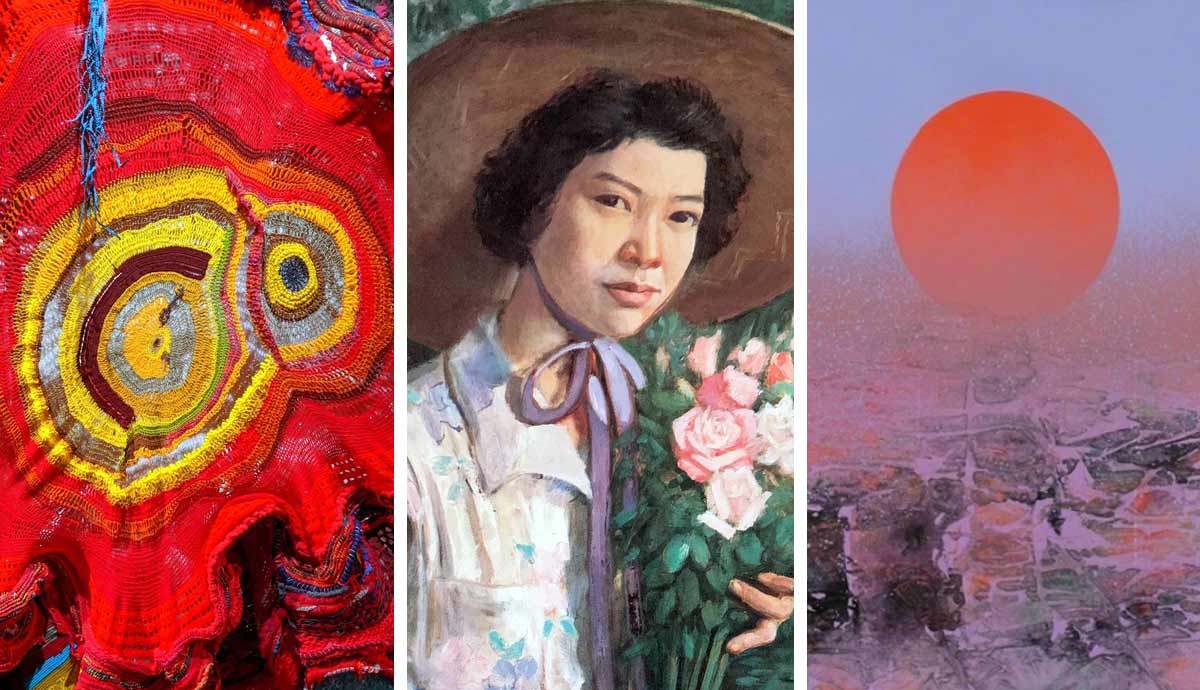
Explore Faro Old Town “Vila Adentro” to unravel the remains of the Phoenician, Roman, and Moorish occupations. The stunning historical landmarks, narrow cobbled streets, and impressive plazas will make you travel back in time. As you wander around the city, you will be impressed with each piece of history at every corner. Keep reading to find out all about Faro’s rich history.
Ossónoba: The Phoenician Trading Post and Roman Settlement

The earliest evidence of a settlement in Faro dates from the 4th century BCE. At the time, Faro was called Ossónoba and it was one of the most important trading posts in southern Portugal. Here, people would trade local produce, fish, and more.
During the Phoenician colonization, Ossónoba was quite different from what it looks like today. The sea level was two to three meters (up to 10 feet) higher than it is today, resulting in a floodable coastline. The city became a system of hills and canals, dependent on the sea tides.
The main canal ran from present-day Ribeira das Lavadeiras, along São Luís Road and Belmarço Palace and around Sé Hill on both sides.

In the 3rd century BCE, the Carthaginians and Romans fought for control of the Mediterranean. Eventually, the Romans won and ruled the Iberian Peninsula until the 5th century CE.
Although Ossónoba was founded by the Phoenicians, long-time historians believed it was the Romans who founded the city proper. They believe this is due to the city’s economic and political growth.
During the Roman occupation, Ossonoba was a fully coastal town. Over the centuries, the ocean currents and winds dragged sand to the shoreline, creating a system of dunes, islands, and marshes known today as Ria Formosa Natural Park. Due to Ossonoba’s location, the city enjoyed privileged access to the ocean. As a result, Ossónoba was also a fishing center with several fish processing facilities.
Although Faro’s location is slightly further inland than Ossonoba’s, archeologists continue to find Roman artifacts throughout the city. For instance, in Santo António Street, excavations have revealed human remains, roof tiles, and amphorae.
At the city museum, you can admire one of the most impressive pieces ever found in Faro: a mosaic of the mythological figure Oceanus. Due to its magnificence, it is classified as a National Treasure. On the city outskirts lies Milreu, a Roman village that is one of the most well-preserved Roman ruins in the Algarve.
Throughout the 4th century, the Roman Empire declined, reaching its end in the following century. As happened in other cities in the Iberian Peninsula, Ossónoba experienced a gradual decline as the city and its surroundings were abandoned. Over the centuries that followed, Roman ruins became the foundation for newer buildings.
With the Barbarian invasions, Ossónoba was occupied by the Visigoths. Roman temples became Christian churches, and the city became the head of the bishopric under Visigothic rule.
The Moorish Santa Maria Ibn Harun

The year 711 left deep marks on the Iberian Peninsula. The Moorish armies led by Tariq ibn Ziad crossed the Gibraltar Strait and progressively conquered what is now Portugal and Spain. In 713, Ossónoba was also conquered.
The city was severely damaged after the Moorish arrival. Their plans to rebuild the city started with Vila Adentro, an iconic neighborhood in the historic center of Faro City. They kept its main structure and built a Mosque. During this period, there was a solid community of Christians and Mozarabs, Roman and Visigoth descendants. This is why historians believe the Moors allowed some level of religious tolerance.
With the foundation of the Al-Andalus caliphate, the territory was divided into several provinces. Ossónoba was the capital of an independent principate and adopted a new name: Shantamariya al-Gharb. Due to the city’s growing influence and importance, its defenses were reinforced.
In the 9th century, the Moors renamed the city to Santa Maria Ibn Harun and the city became a cultural mecca. At that time, several influential philosophers and poets lived here.
The city was under Roman rule until 1249 when King Afonso III’s army conquered Faro.
The Christian Conquest

The Reconquista was not the same in every city and town. In Silves, for instance, there was one of the bloodiest battles in the city’s history. In other locations, the Christian armies were welcomed.
In Faro, historians have yet to find enough evidence to understand if the conquest of Faro was violent or negotiated. Nevertheless, there are reports of reconstruction works at the castle and ruined sections of the city wall.
The Portuguese who decided to settle in Faro built their homes at Vila Adentro. As a result, they repurposed many of the old buildings, including the mosque, which was rebuilt and converted into the Santa Maria Church.
Faro grew outside the city walls with the creation of the new Mouraria and Judiaria neighborhoods, where Moorish and Jews lived. Mouraria occupied the area of present-day Santo António cinema and was an essential area for vegetable gardens. The Jewish quarter, located to the south, adjoined Alagoa and still contained two synagogues in the 19th century.
Where Praça da Liberdade Square stands today was the Alcassarias, the city market overseen by the Moors and Jews. However, the main commercial and industrial street was Rua da Sapataria, present-day 1st of December Street. The dock was located where the Praça D. Francisco Gomes stands today.
Due to the city’s development, Faro’s defensive system had two watchtowers. Today, you can visit one of them at Santo António do Alto.
Faro: An Expanding City

Between the 15th and the end of the 17th century, Faro experienced a period of significant urban expansion. Portuguese discoveries and increasing commercial activity led to the construction of new residential areas and religious buildings.
In 1540, King João III elevated Faro to city status by granting it a charter. A few years later, King Sebastião transferred the seat of the Bishopric from Silves to Faro. These political strategies helped develop Faro into one of the most influential cities in southern Portugal.
A reflection of its importance is the construction of several religious buildings, such as the São Francisco Convent, the Jesuit College, and the São Pedro and Our Lady of Hope churches.
Throughout the 17th century, Faro continued to expand. As a result, in 1660, a second line of walls was completed. Although only a few remains of this defensive building still stand today, it helped define the street layout, as the city grew.
During this period, Faro built Santo António dos Capuchos Convent and Pé da Cruz Hermitage. It was also in the 17th century that the old town area was defined, marking the end of an organic expansion.
The End of an Era

Faro was a thriving city in the 17th century. However, that all changed on the morning of the 1st of November 1755.
A massive earthquake, followed by a 65-foot tsunami, which was felt across the Atlantic, devastated much of the Portuguese coastline between Lisbon and Vila Real de Santo António. Unfortunately, Faro was no exception.
Most of the religious buildings were devastated, as well as the city walls, the castle and its towers, the costumes building, and the São Francisco and Santa Clara Convents. Although some of these buildings were recovered, others never returned to their former glory.
Over the next few centuries, Faro recovered from this indescribable catastrophe. Today, Faro is the largest city in the Algarve and the region’s political and administrative capital.










